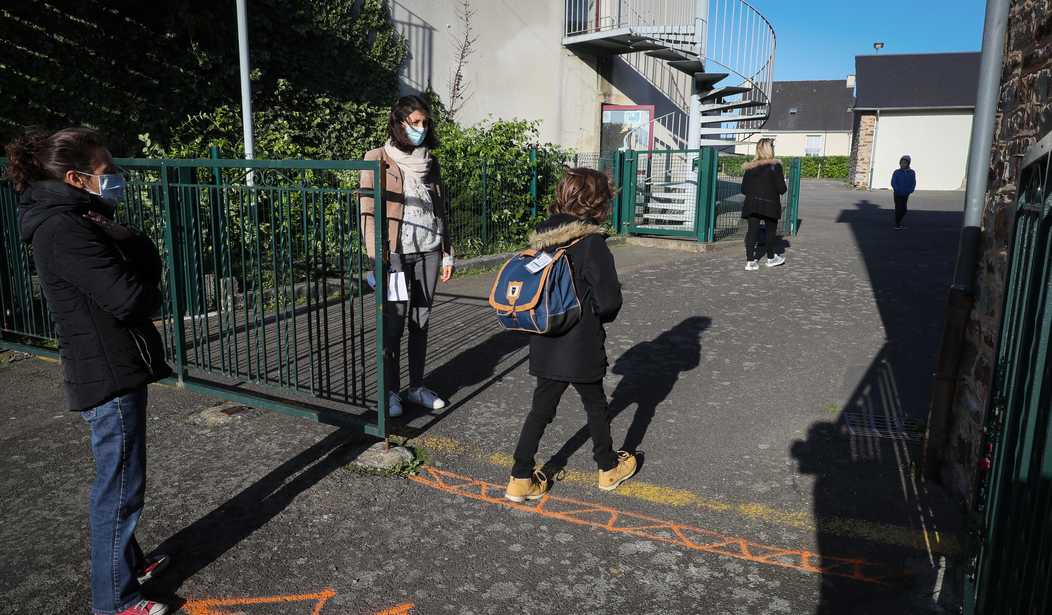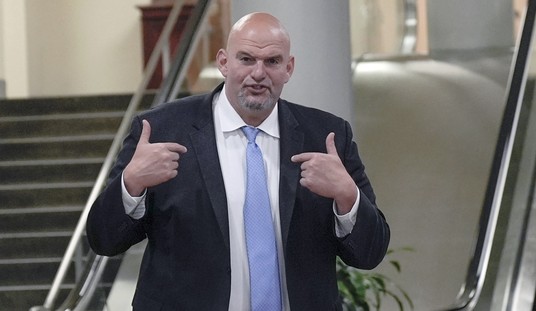You expect a certain number of stumbles from a new administration. President Joe Biden's incoming team professed dismay at having to create a coronavirus vaccine distribution program "from scratch," due to its predecessor's handling of the situation, and this week, Biden complained that "we didn't have" a vaccine when he "came into office." He promised to deliver over 1 million a day.
But actually, there were 1.6 million vaccinations administered on Inauguration Day, and Biden had received the two doses of the vaccine on Dec. 21 and Jan. 11. It's easier to achieve your goal if you set the goal posts past a mark already reached.
Will something similar work for reopening schools? On July 6 last year, then-President Donald Trump called for reopening schools for the fall semester. Science was on his side. Numerous studies showed low rates of infection and illness among children -- more kids die from influenza than COVID-19 -- and negligible transmission to teachers in schools here and abroad.
But Trump's statement evidently politicized the issue and sparked increased opposition to school openings among parents and teachers. And, importantly, among teachers unions, which contribute enormous amounts of money and manpower to Democratic politicians.
The results are writ large on the map. Less than 20% of public schools are open in the three West Coast states. Well under half are open in Democratic states such as Illinois and Minnesota, and in strong teachers union states such as North Carolina and Virginia. More than 80% are open in Republican-governed Florida, Texas, Utah and the Dakotas.
There is no doubt that school closings have hurt kids. Instruction over tablets is far less effective than in person; children lose touch with friends and miss chances to exercise; disadvantaged kids without computers fall far behind. For an especially vivid and heartbreaking account, see reporter Alec MacGillis' piece in ProPublica.
Recommended
The case for reopening the schools is strong enough, despite Trump's advocacy, to persuade liberal commentators such as MSNBC's Chris Hayes, New York magazine's Jonathan Chait and political scientist Lee Drutman.
Impassioned pleas for reopening appeared recently from liberals such as Dr. Rebecca Bodenheimer in Oakland, California, and epidemiologist Benjamin Linas in Brookline, Massachusetts. The school board in affluent and long-integrated Montclair, New Jersey, is suing its teachers union to open the schools.
Of the same view, it seems, is Centers for Disease Control and Prevention Director Dr. Rochelle Walensky. "There is increasing data," she said at the White House on Feb. 3, "to suggest that schools can safely reopen and that safe reopening does not suggest that teachers need to be vaccinated." She was quickly undercut by White House press secretary Jen Psaki, who absurdly said Walensky was just speaking "in her personal capacity." Psaki later added that opening 50% of schools one day a week would be enough.
By Feb. 14, the goal posts were moved. Walensky was forced to echo, unconvincingly, new CDC guidelines developed with "stakeholders" (i.e., teachers unions) that didn't mandate five-day in-person instruction but did impose mandatory six-feet social distancing (Walensky had said three feet was enough for her hometown of Newton, Massachusetts, last summer) and mandatory masking. "It takes only a modicum of sense to realize," writes economist Tyler Cowen, "if you tell people that six feet of distance is needed, in essence you are saying that a safe reopening is impossible altogether."
The guidelines also recommend against a full reopening of upper grades in counties with "low" or "moderate" COVID-19 transmission -- a standard that includes 99% of the country, according to Erika Sanzi, founder of the education platform Project Forever Free. Despite Biden's town hall assurance that he wants schools reopened, the guidelines seem designed to let teachers unions keep schools closed.
The goal posts have been moved a long way, if off the field altogether, from candidate Biden's promise to reopen schools to assurance to guidelines whose fine print allows many to stay closed.
There are broader lessons here. One of the problems of big government is that, over time, it incentivizes politicians -- here Democrats, but sometimes Republicans, too -- to favor the providers of services over the intended beneficiaries of services. Teachers unions are organized; kids and parents are not.
Another lesson is that no organized interest has an eternal lock on the system. Parents can flee from public school systems closed by unions to other school districts or private schools. That's already happening, to some unknown extent.
Voters have a say, too. Some Republicans see teachers union shutdowns as a prime 2022 issue, particularly in affluent suburbs that parents chose for their public schools. Will this early stumble lead to a crash landing? We'll see.
























Join the conversation as a VIP Member